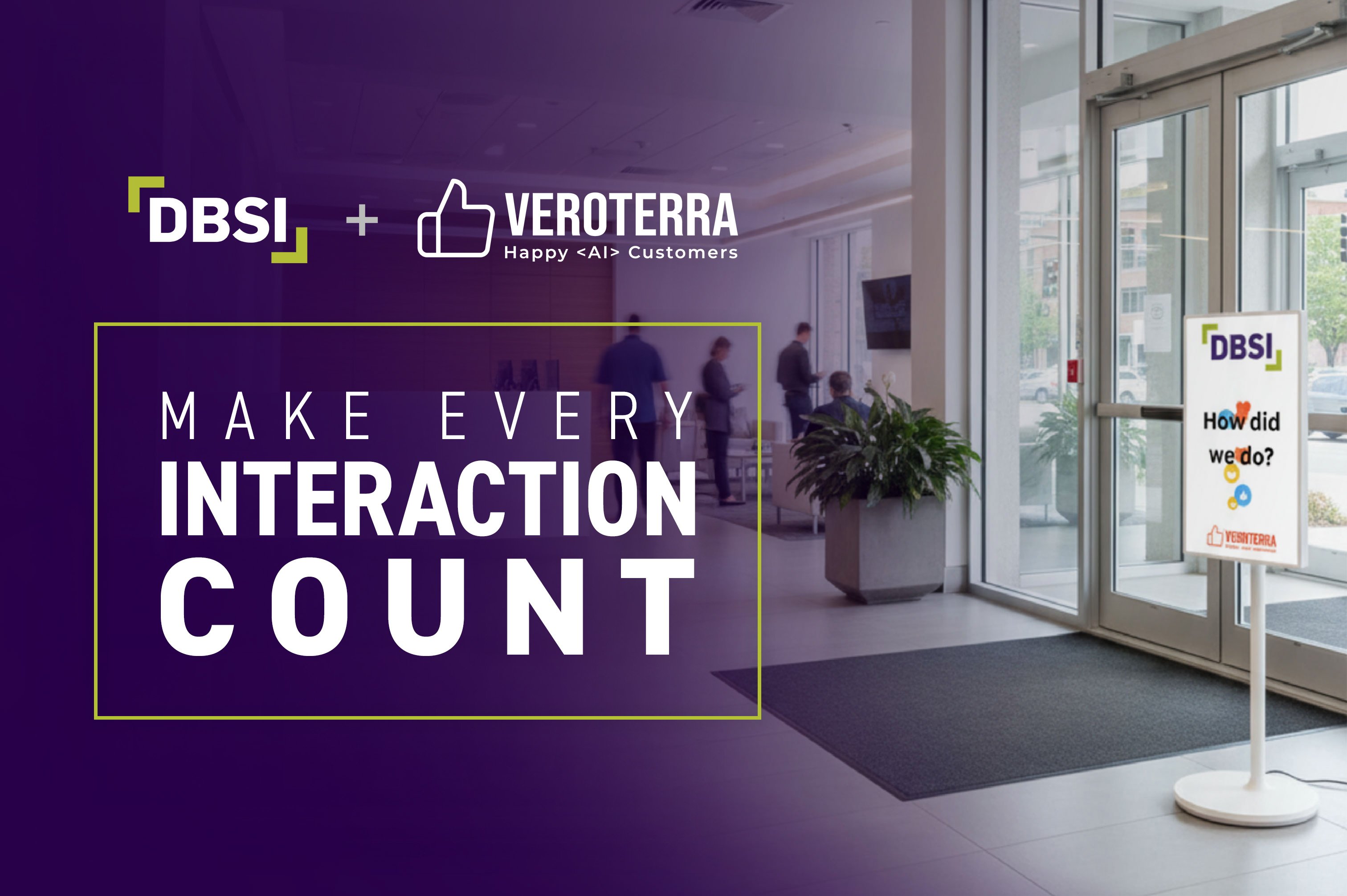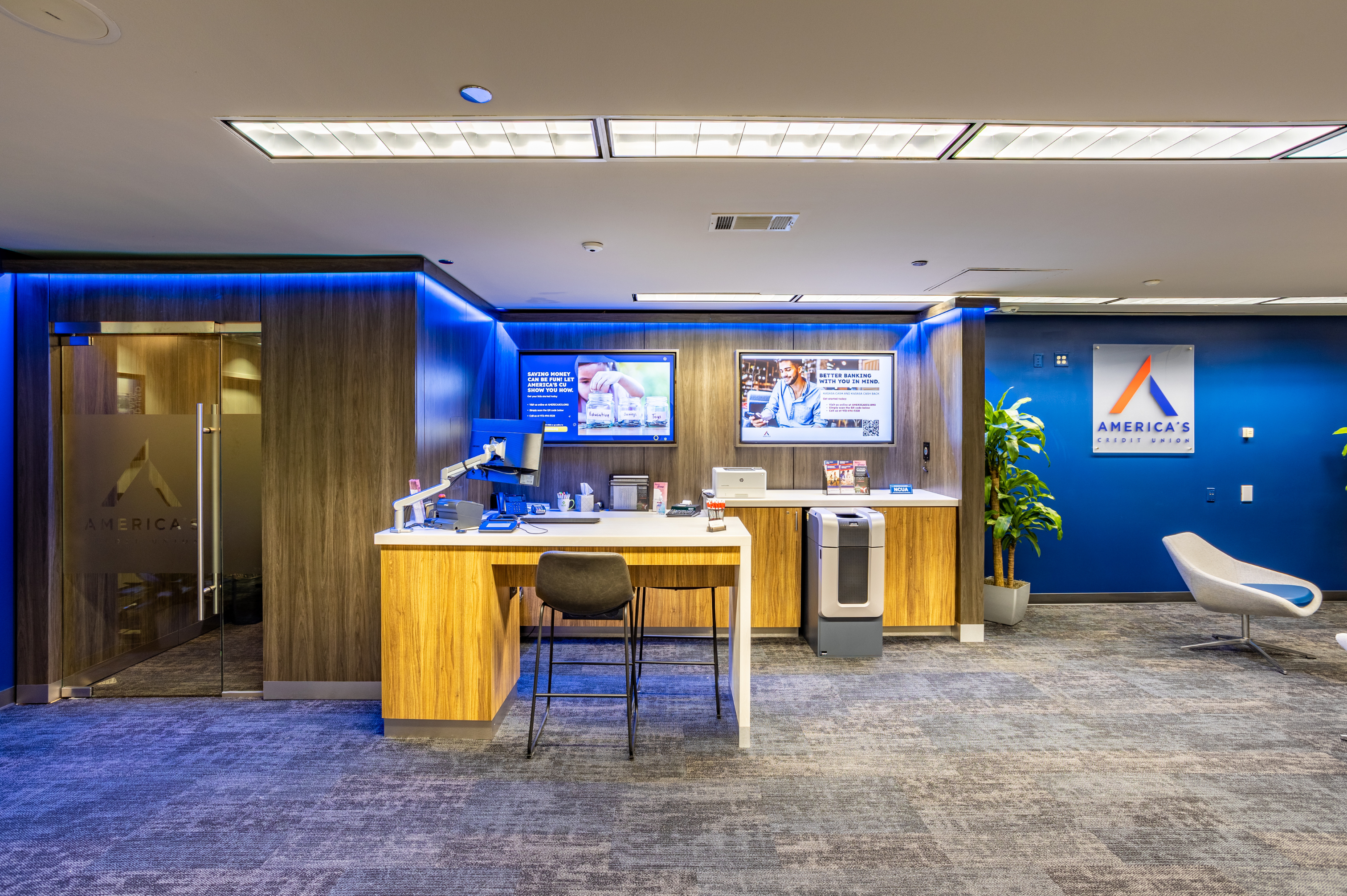
The branch network is changing, and building micro-branches is a way to increase reach and profitability while also shrinking the branch footprint.
Let’s face it: the banking landscape is evolving fast, and a 4,000-square-foot branch just isn’t necessary these days to create a great client experience. That’s not surprising to hear because nearly 89% of all Americans are using mobile online banking to manage their transactions and at least 61% of Americans have accounts with digital banks.
This rise in digital transformation means that many financial institutions are noticing decreases in teller line traffic, less demand for in-branch service, and underutilized office space. At the same time, however, there’s still a need for financial institutions to have a physical presence for a fair percentage of transactions and advisory conversations.
The next question then becomes, “What should we do with our branch network space?”
And the answer is, “Add micro-branches!”
If this scenario sounds familiar and you’re looking to shrink your branch footprint or add retail space in an underserved area, a micro-branch could be a great solution for your financial institution. With over 25 years in the branch transformation business, we at DBSI can help you find the right mix of opportunity and value within your network to construct new retail space that’s both efficient and effective.
What is a Micro-Branch?
A micro-branch is a smaller version of a large, physical branch operation–with a big infusion of technology! Ranging from 150 square feet to 1,500 square feet in size, it provides most of your branch network’s services with fewer staff members and more technology solutions to bring clients a superior customer experience. In essence, the micro-branch makes a great investment for any bank or credit union trying to increase reach while keeping costs down.
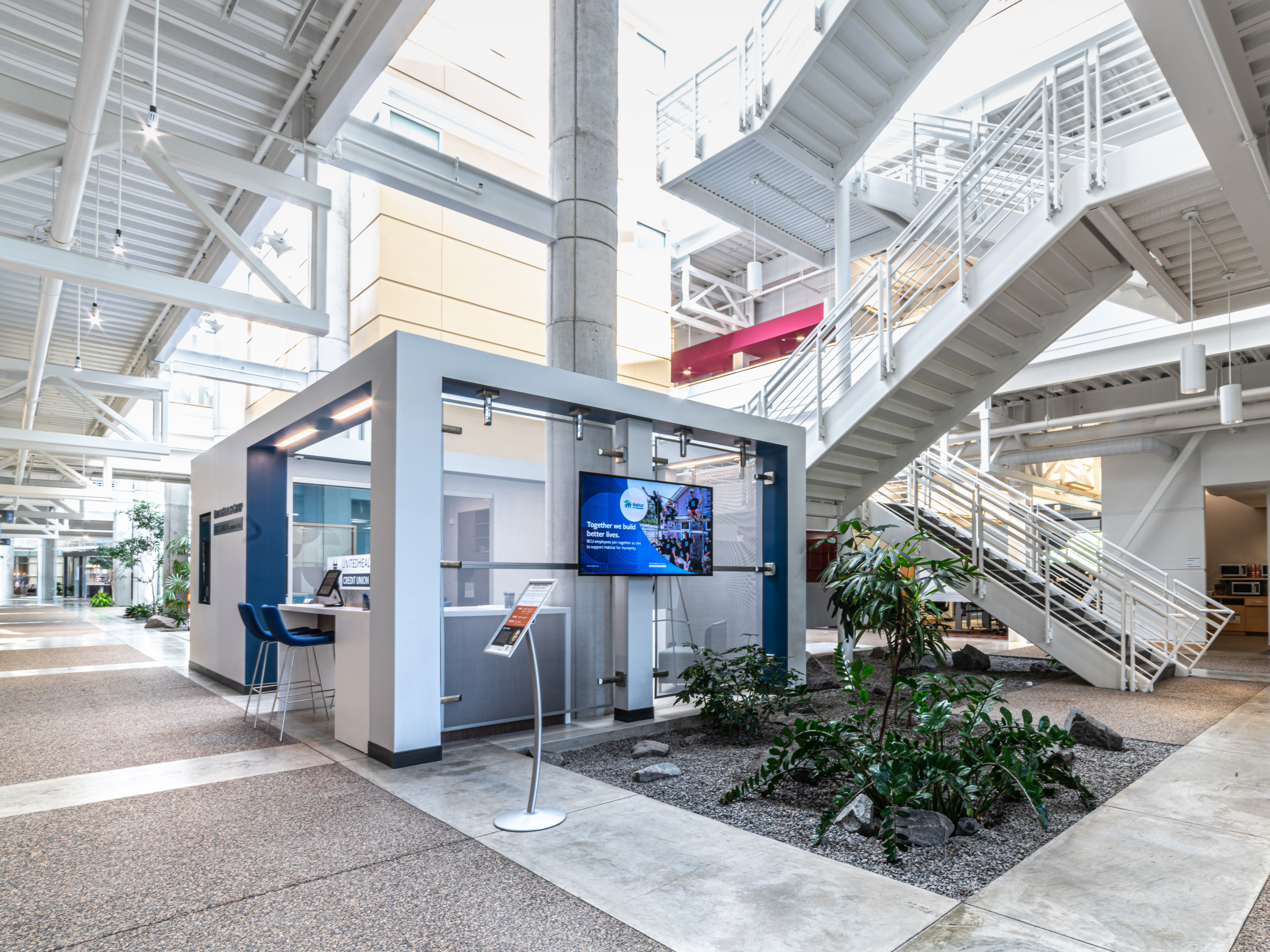
BCU's Micro Branch in Eden Prairie, MN. See Case Study insights. |
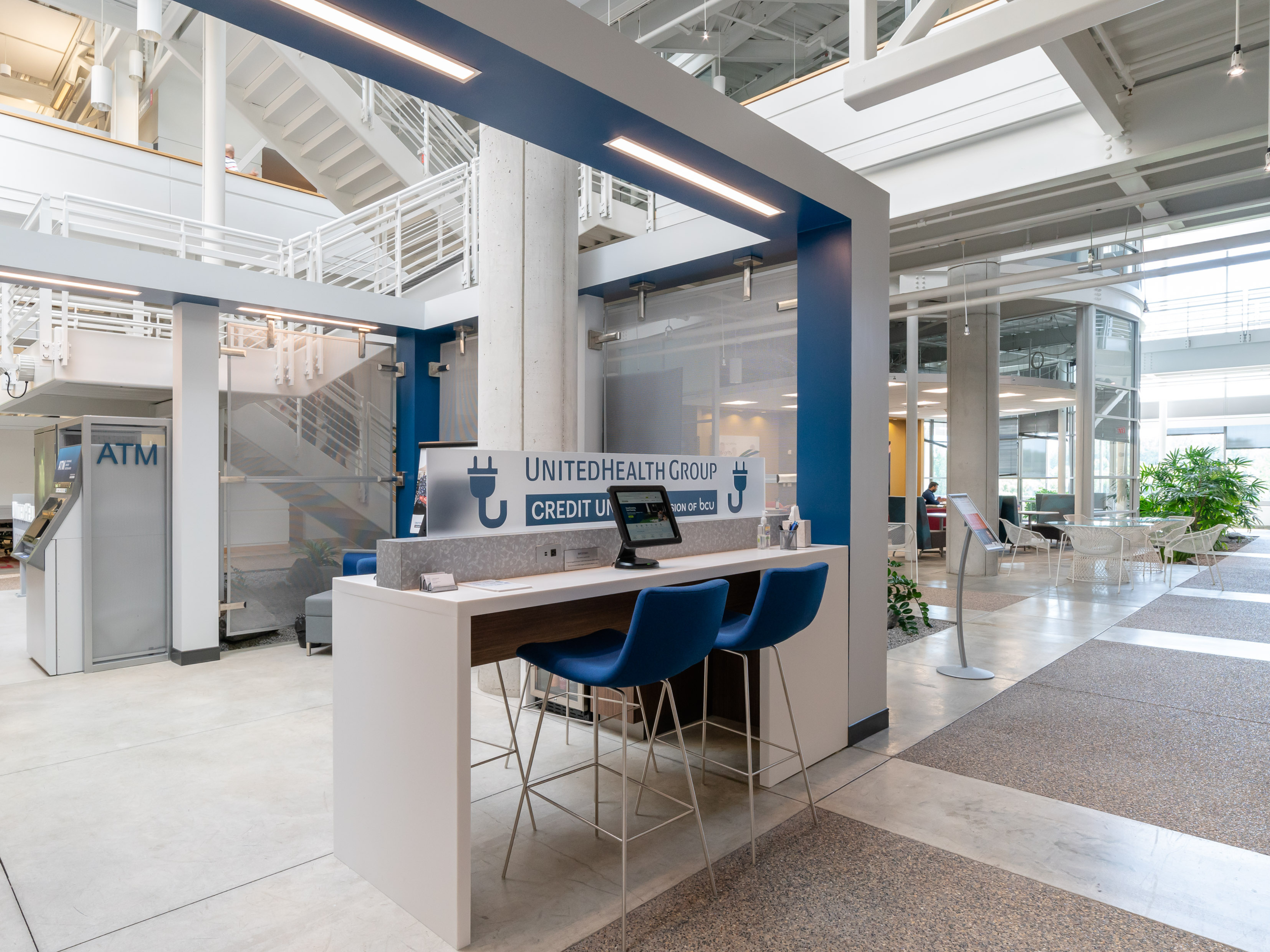
|
Key components of a micro-branch:
- Offers extended-hours access to ITMs, ATMs, and self-service kiosks
- Located in a convenient public or corporate location
- Bold brand messaging woven into branch architecture and digital signage
- Staffed by Universal Associates or Universal Bankers
1. Lower Costs Than Traditional Branches
There are a couple things about micro-branches that make them more cost-efficient than traditional branches, and one happens to involve real estate acquisition and construction. Because micro-branches require less space, they can be built into more convenient and less costly locations like corporate offices, college and high school campuses, strip malls, and grocery stores. In fact, our research at DBSI has found that micro-branches cost around 33% less to build than traditional branches, which run at least $2 to 4 million, on average.
Operating costs are another aspect of micro-branches that demand some attention. A micro-branch can operate for around $210,000 per year while branches 1,500 square-feet or more take approximately $550,000 per year to run. As far as staffing, a micro-branch can be operated by 1-4 FTE while a traditional branch commonly needs 5-8 FTE; this reduction in employees results in an average annual savings of $193,540 per branch. In all, a micro-branch provides a total operating cost reduction of 61%.
2. Increased Speed to Market
Building a traditional-sized branch bank is a big undertaking, and by the time approvals and permits are gathered and construction is finished–you could be looking at a timeline of 24-36 months. On the other hand, a timeline for a tenant-improvement (TI) micro-branch will average 6-12 months.
Want to cut your timeline down even more? Then look into DBSI’s ready-to-go solution called JunXion. This modular micro-branch concept is a fully-functioning, 160-square-foot branch that can be staffed with just 2 employees. It installs easily into unconventional locations, enabling your network to conveniently reach clients where they live and work.
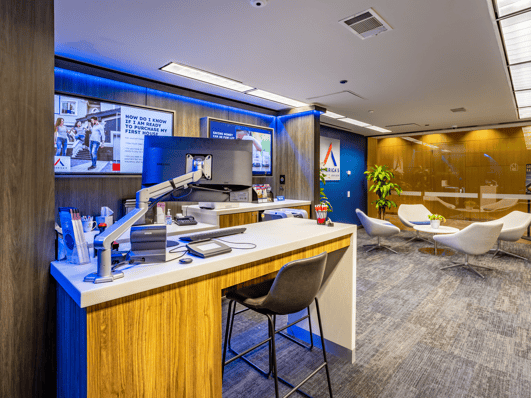
America's Credit Union's JunXion in Dallas, TX. Read Case Study. |
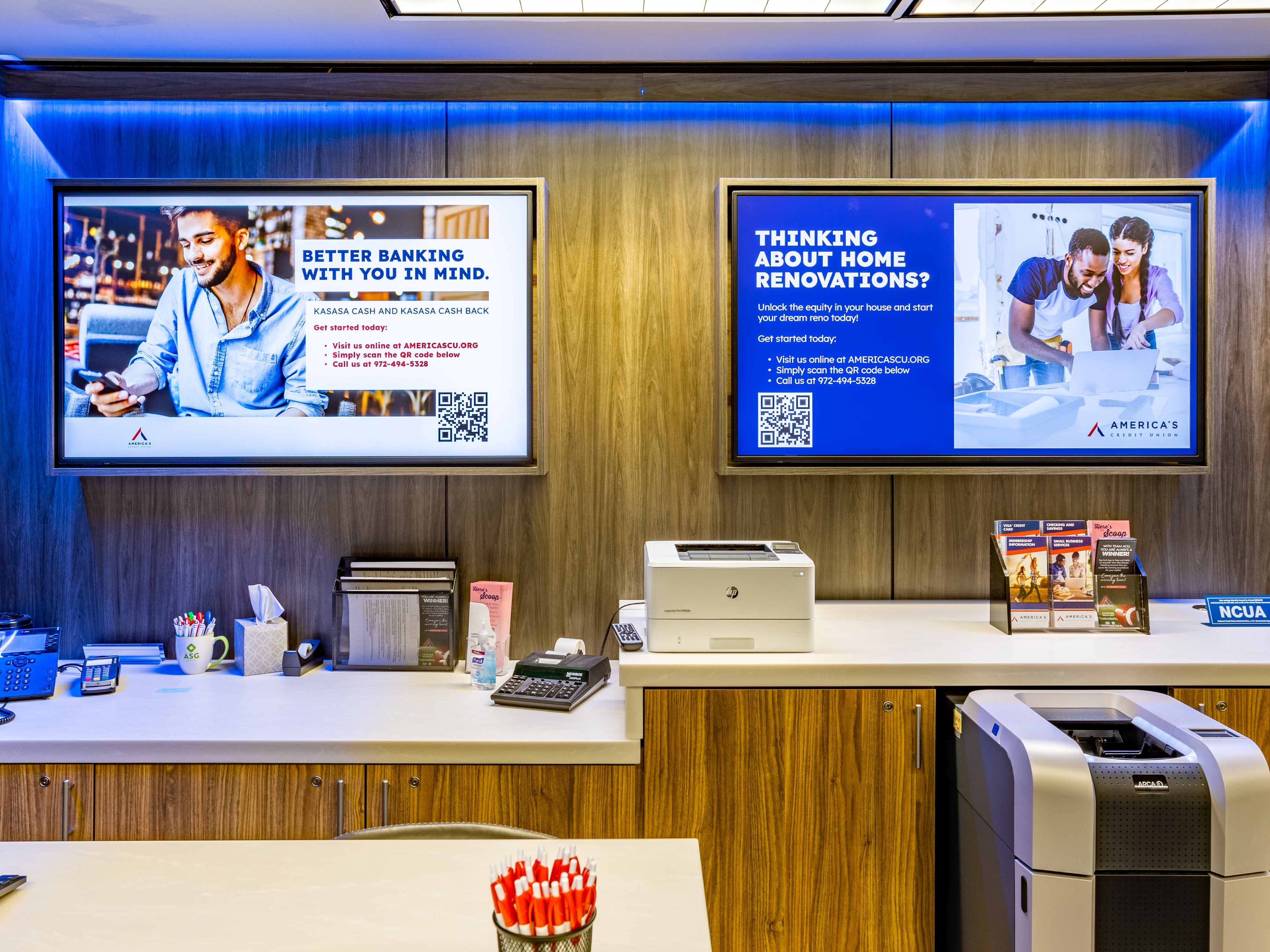
|
Another thing to note about JunXion: Unlike a traditional branch build that takes up to 3 years to break even on cost, JunXion gains ROI in the second year of service and comes with an expected 3x ROI after 5 years.
3. Less Risk, More Adaptability
Designed with flexibility in mind, micro-branches give decision makers a variety of location options so they can cater to the market environment as needed; this means less risk and more adaptability. For instance, if there’s a change in market dynamics, the micro-branch can easily be converted to a loan or mortgage facility. And because many of the elements that make up a micro-branch are mobile, the branch can be relocated to another geographic location as needed.
If you choose to install a modular-style JunXion branch, take note that the unit’s flexible millwork allows all of its elements to be picked up and moved easily once a location is ready for it. This is exactly what America’s Credit Union plans to do once their full branch transformation is complete.
4. Abundant Cash Automation Options
It’s successfully connecting all the elements within a branch — its leveraging technology to create convenience, providing product education on digital signage, and providing those personalized interactions that leave a lasting impact.
A big reason micro-branches pack so much power is because they include all the latest in cash automation technology, which unlocks efficiency and extends operating hours.
Curious about the tech? The JunXion micro-branch has a Teller Cash Recycler built right into the millwork and the machine helps associates process transactions faster by counting, storing, and validating notes. You’ll also commonly see this sort of tech inside micro-branches:
ITMs: Integrated Teller Machines allow clients to make complex banking transactions and communicate with tellers or customer service representatives over an interactive video screen.
ATMs: These self-service machines make cash dispensing, deposits, and other cash recycling options available to clients 24-7.
Digital Signage: This includes digital display boards, wall boards, and other screen and tablet technology strategically placed to communicate brand image and convert leads into transactions.
5. Opportunity to Shift From Transactional to Advisory-Level Service
A micro-branch functions really well with fewer employees because its design focuses on delivering high-value customer transactions and letting technology take over the more repetitive transactions. With flexible office space typically incorporated into the design, an employee even has a place to hold an advisory-level conversation while still maintaining privacy.
And this is where shifting to a Universal Associate Model comes in; it moves employees into advisory-lever service positions where they can complete most banking services independently. Once an employee is trained to use this model, they can operate the micro-branch successfully on their own. Cash automation devices on site store all notes and coins, so no vault is needed. Aside of that, self-serve kiosks and ATMs give clients the option to complete their own transactions–freeing up the employee to serve other clients.
Next Steps
Now that you understand the benefits and functionality of a micro-branch, you’ll be more aware of options when it comes to meeting your financial institution’s branching and growth goals.
Want to see an example of a JunXion micro-branch in action? Schedule a visit with us and we’ll walk you through our Ideation Center where you’ll get hands-on experience!
Together, let's bring the vision for your future to life!

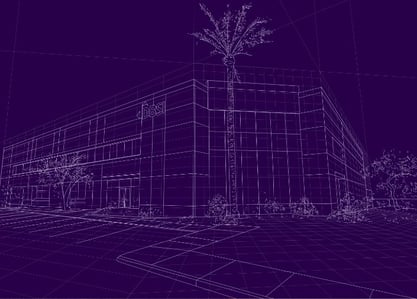












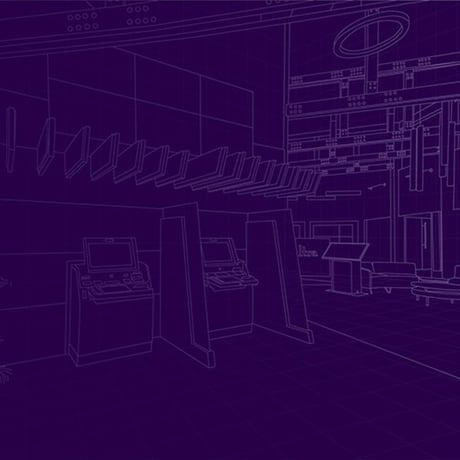
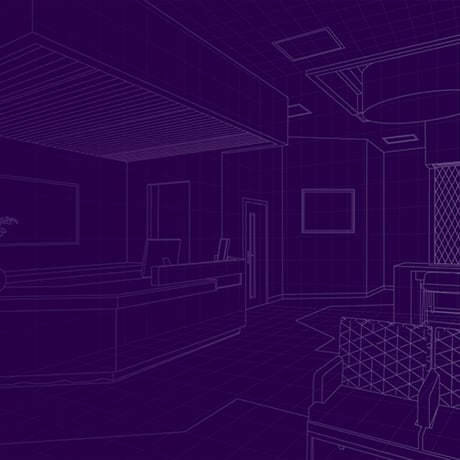

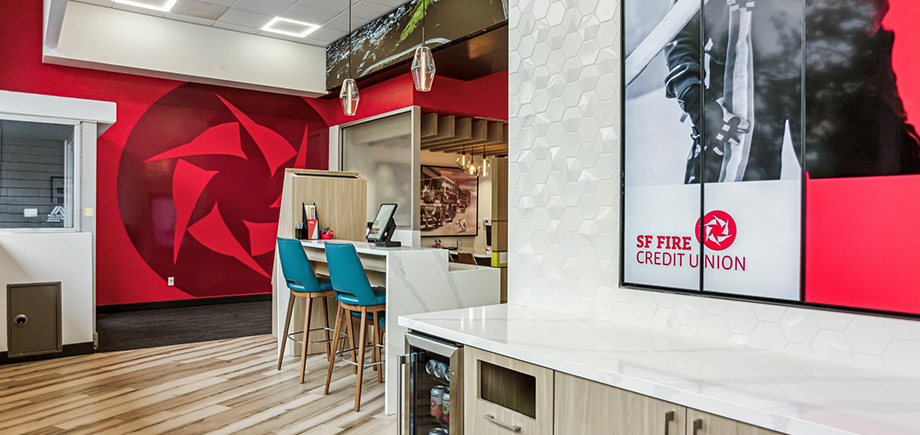
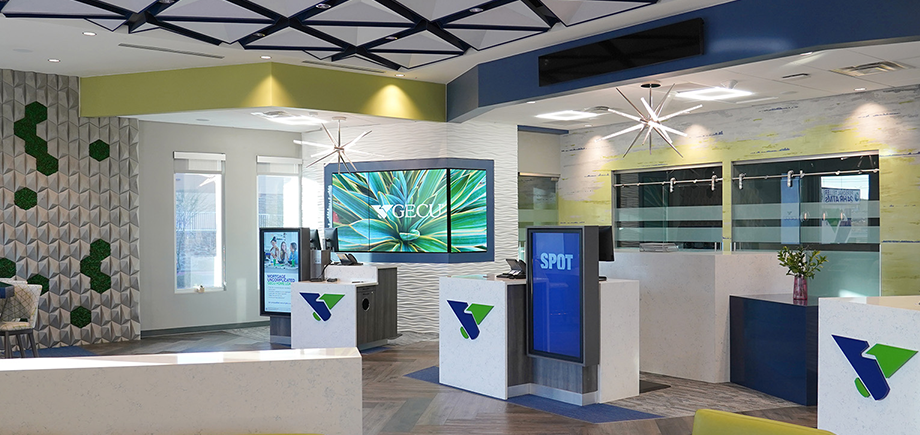





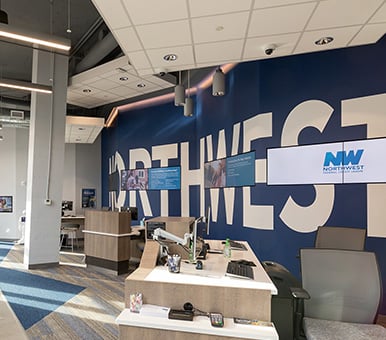










 Corde Kurtz
Corde Kurtz
-1.png)
-4.png)
